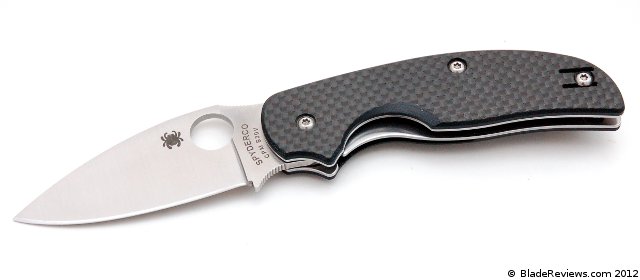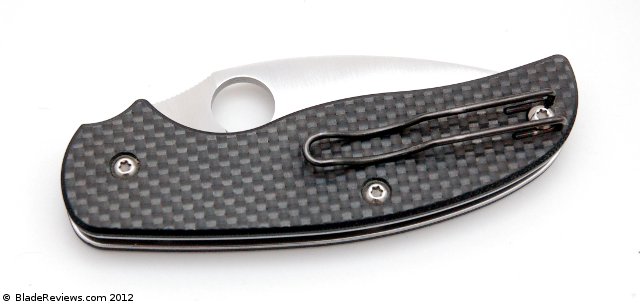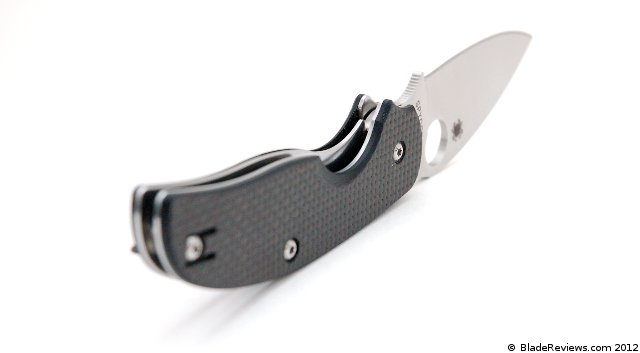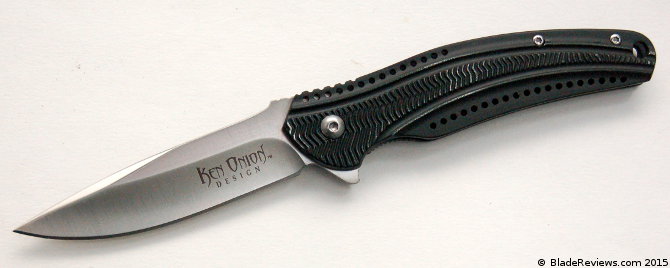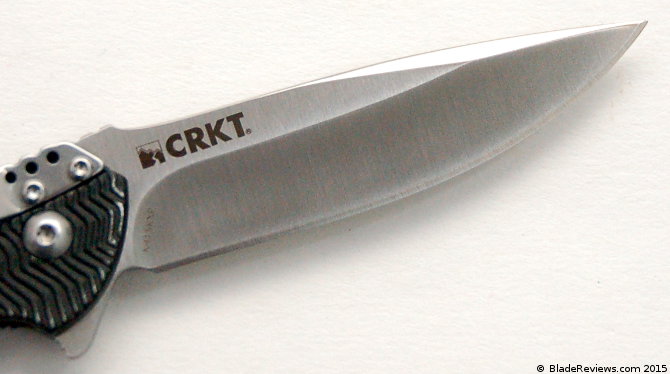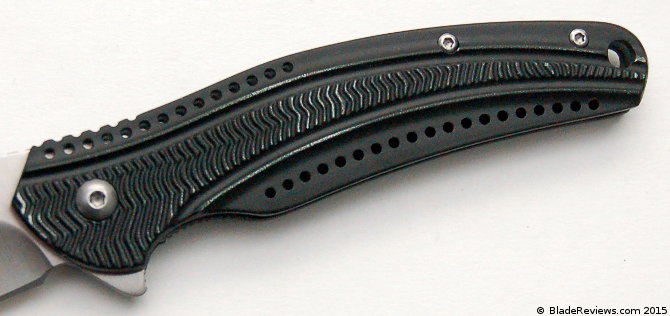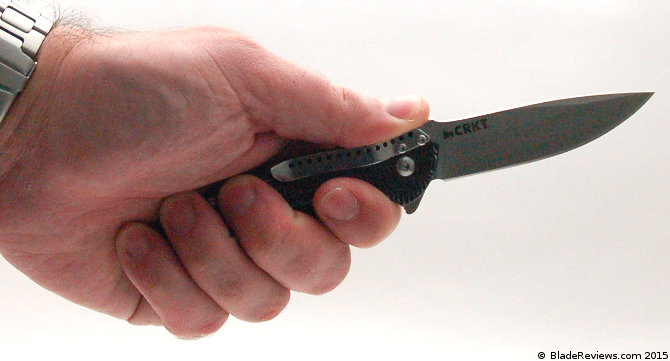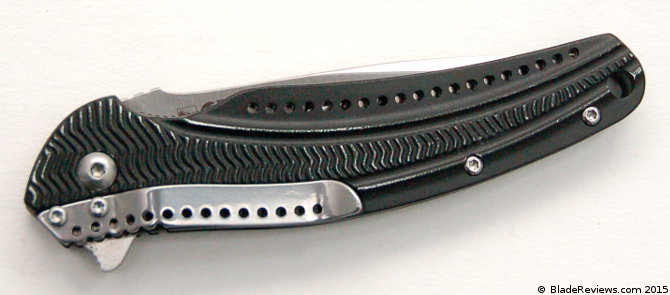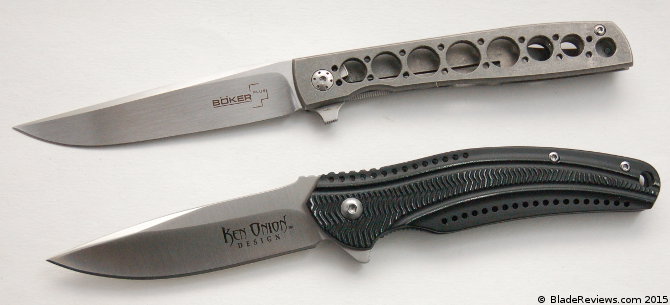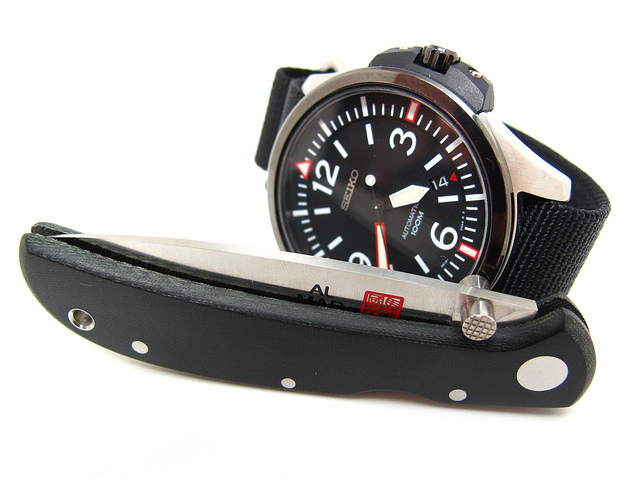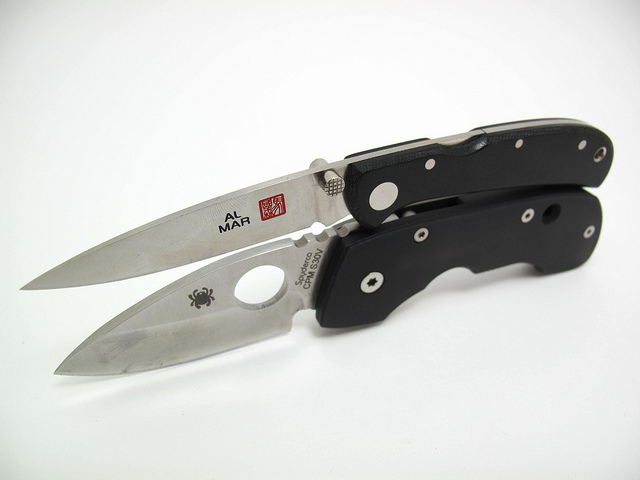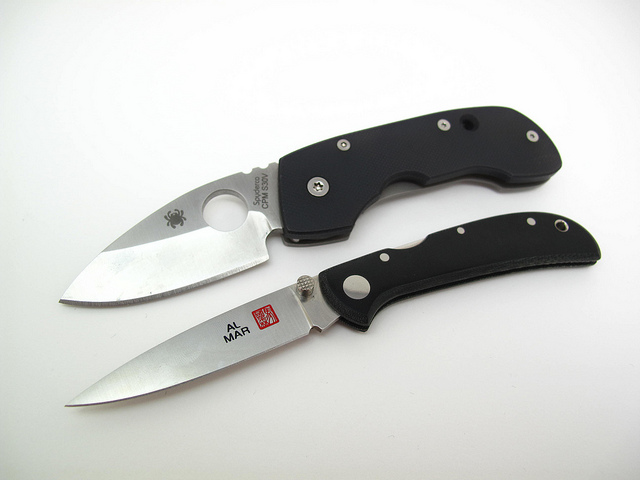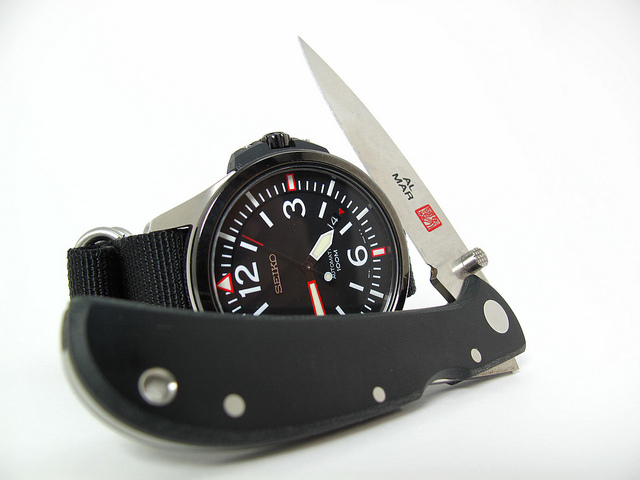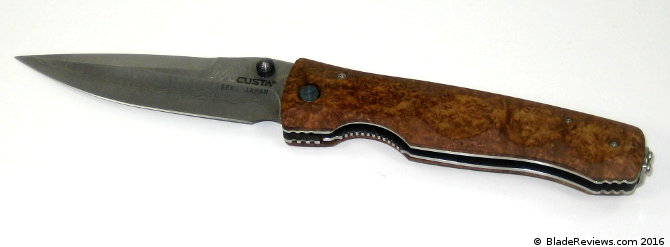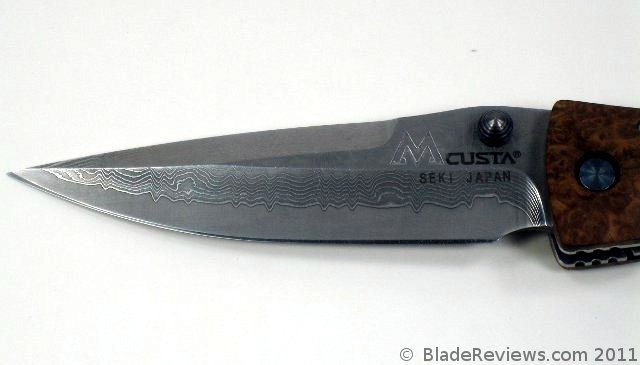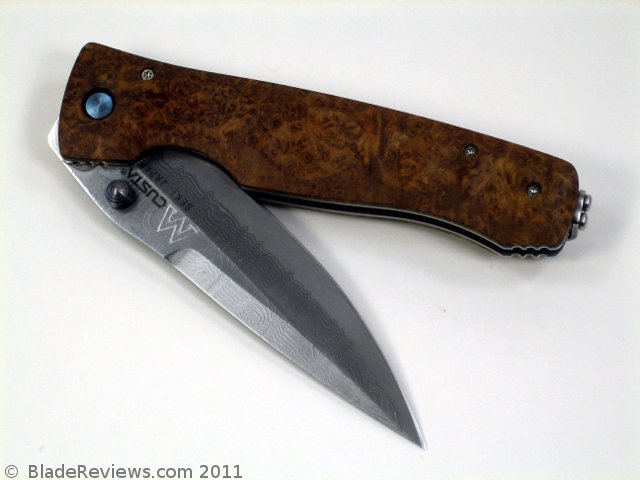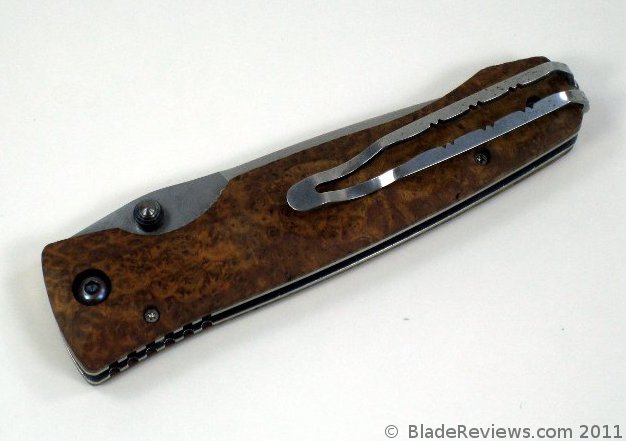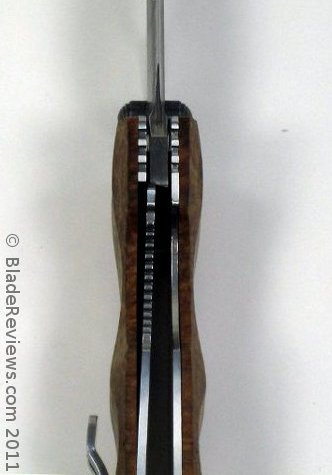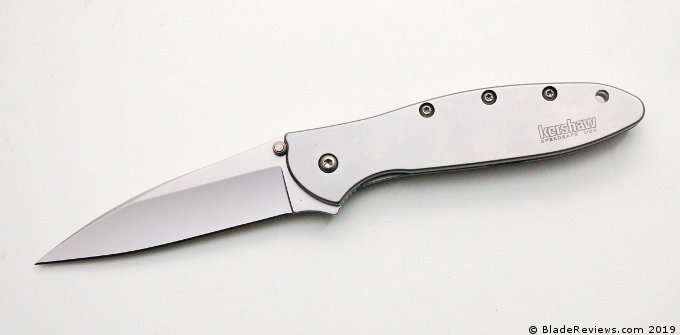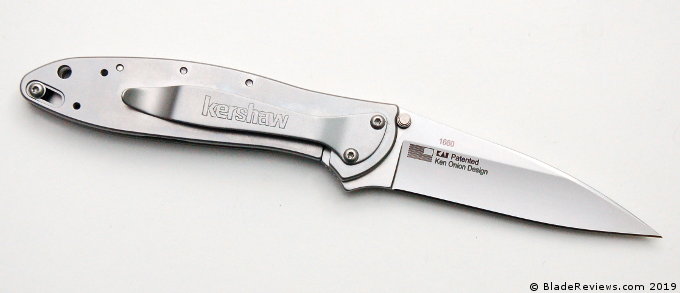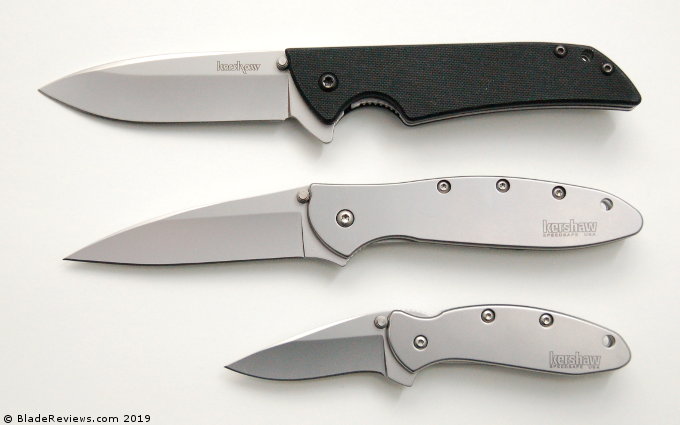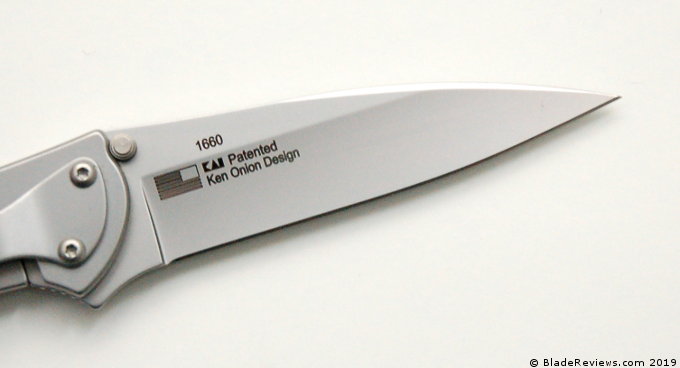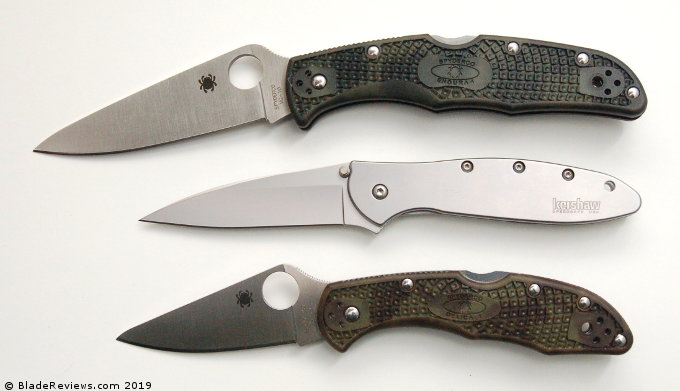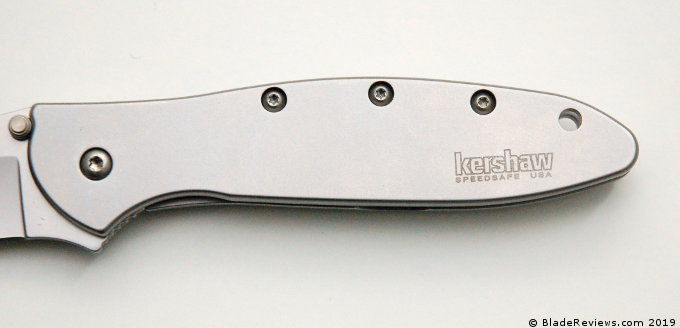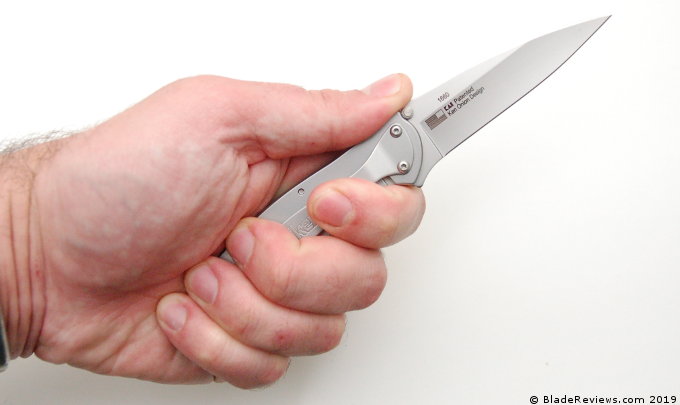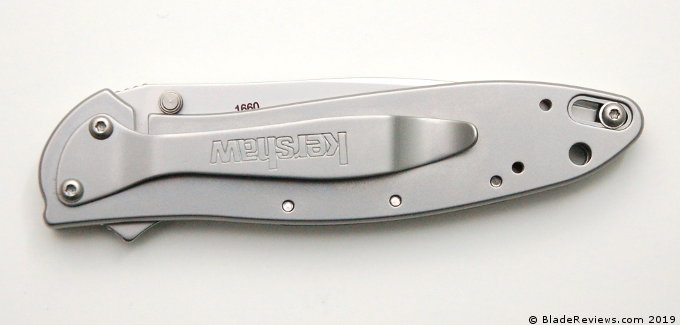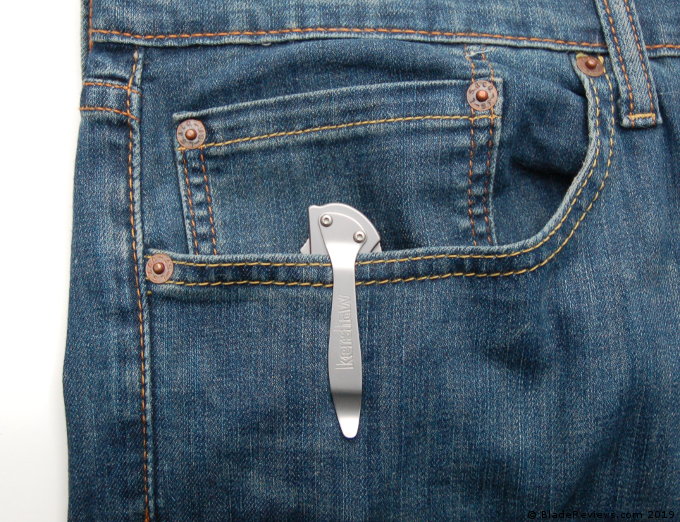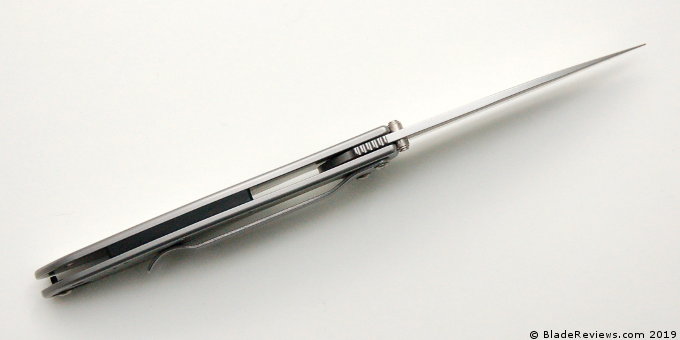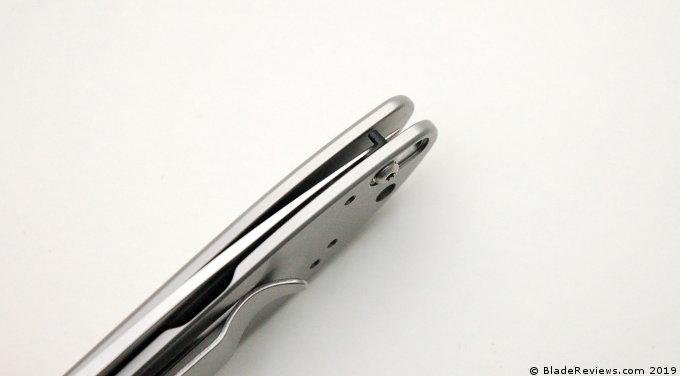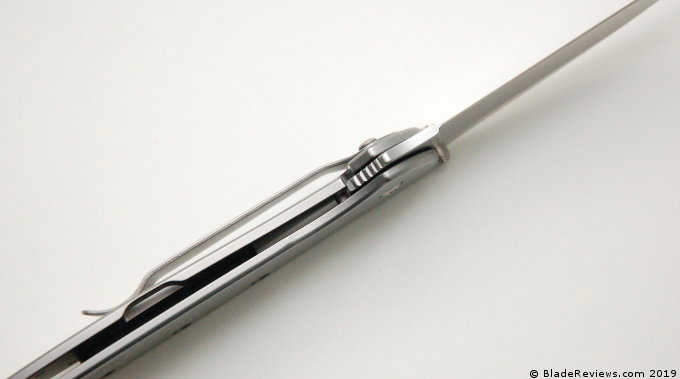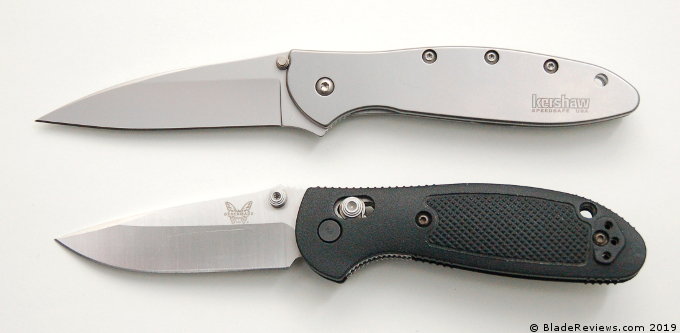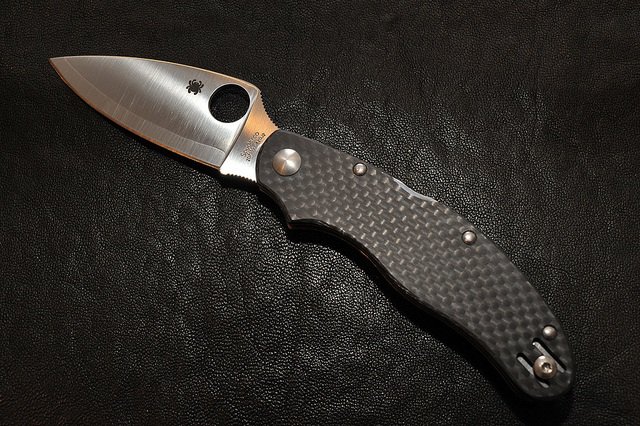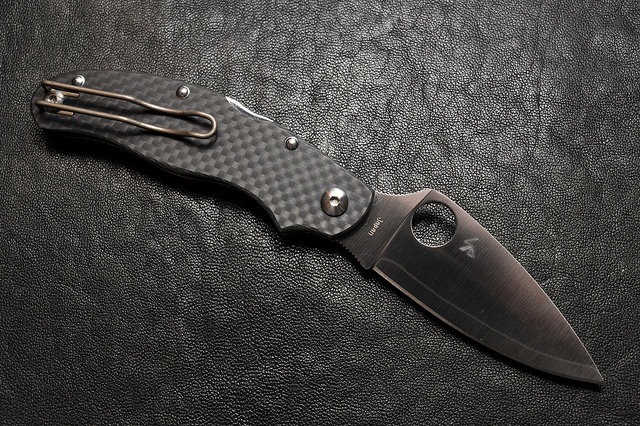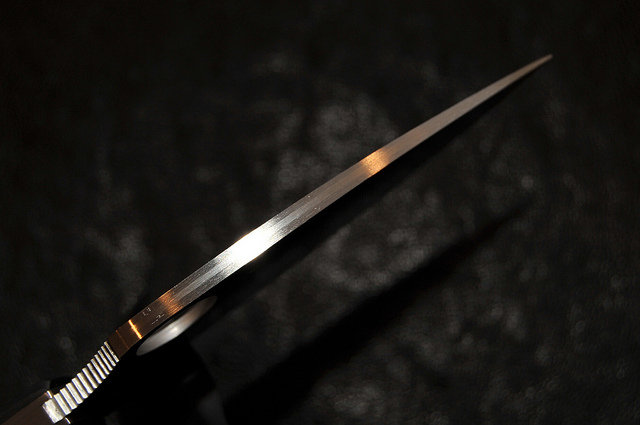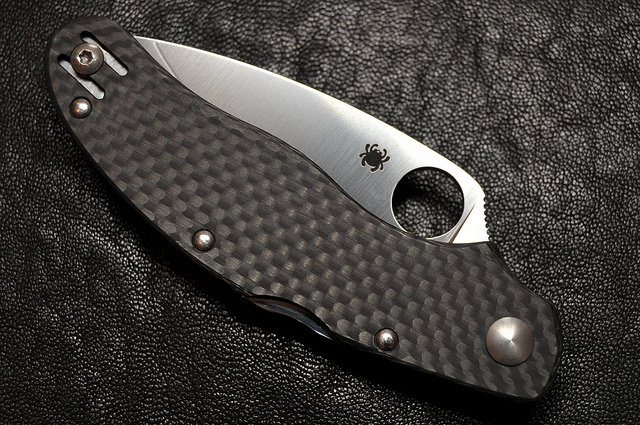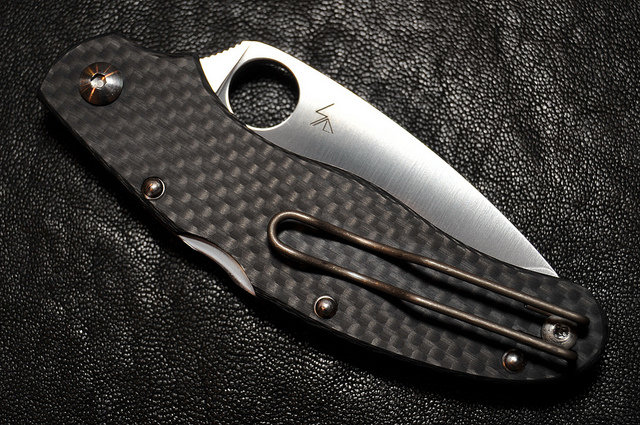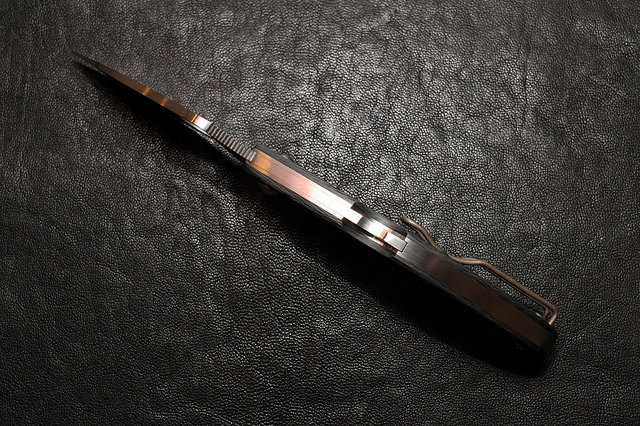Last Updated: July 20, 2019
A while back I took a look at the Spyderco Sage 2. The Sage 2 is an absolutely fantastic knife and with it’s eye catching titanium handle, I find that the Sage 1 often plays second fiddle.
That is a shame, because I think that the Sage 1 may be the better EDC knife – at least for me. Regardless, I can safely say that it’s an excellent EDC knife.
Clearly, it’s high time I reviewed my Sage 1. Let’s take a closer look and see why I like this knife so much.
Purpose
The Sage 1 is arguably the perfect EDC knife for my purposes. Yes, you read that right. The Sage 1 is my personal EDC blade, and for my purposes I couldn’t ask for a better knife. What I like about the Sage 1 is that it has perfect EDC proportions, excellent materials, outstanding fit and finish and it carries very well.
In addition to EDC, I think this knife is a great collector’s piece (I know plenty of people who have all 3 of the knives in the Sage series) and while the Sage 1 is not billed as a tactical knife, it could certainly fulfill an emergency tactical role. Finally, the carbon fiber and stealthy carry make this a great option for a gentleman’s folder.
General Dimensions and Blade Details
As for the dimensions we have a 3″ blade, an overall length of 7 1/8″ and a weight of 3.2 ounces. Going back to me calling the Sage 1 the “perfect” EDC knife, the dimensions of the Sage 1 are ideal for EDC in my book. I really don’t like carrying anything smaller, and anything bigger starts to raise some eyebrows (sad, but true). The Sage 2 actually handles like a bigger knife, but it remains small and is people friendly.
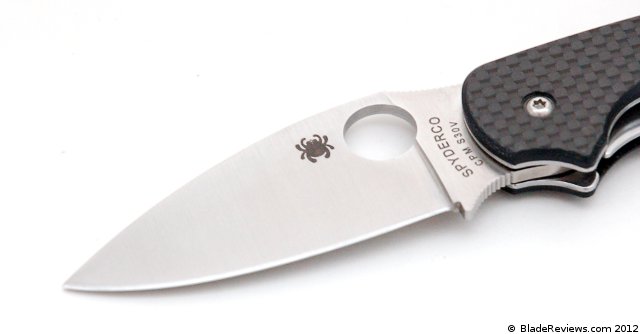
The blade is a classic Spyderco leaf shape given a nice full flat grind. There is a decent amount of belly and the tip has a sturdy point while still being strong. This is a very practical blade shape that is also non-threatening to people who don’t understand knives.
The blade steel is S30V which was a gold standard for production knives for many years. When I originally wrote this review in 2011, it was about as good as you would find in any $100 knife. It’s still a great choice, but I would not complaint if they upgraded to S35VN, or chose CTS-XHP like on the Chaparral. S30V is a harder steel, so sharpening takes more effort than say, AUS8 and other more inexpensive steels. However, S30V it takes a good edge and holds it well. S30V is also very resistant to rust and corrosion. Given the price point and intended use of the knife I think this is a great steel.
Handle, Ergonomics and Pocket Clip
The handle is part of what sets each Sage apart, and the Sage 1 has carbon fiber scales over stainless steel liners. The carbon fiber is left with a “woven” or “twill” texture that provides some traction and is pleasant in hand. The entire knife is held together by 3 hex bolts, and the flow through design is an exercise in restraint. Looking inside you can see that the liners have been milled out extensively. I count no less than 4 different size bits used to mill this liner out. Everything has been expertly finished and polished up – including the liners.
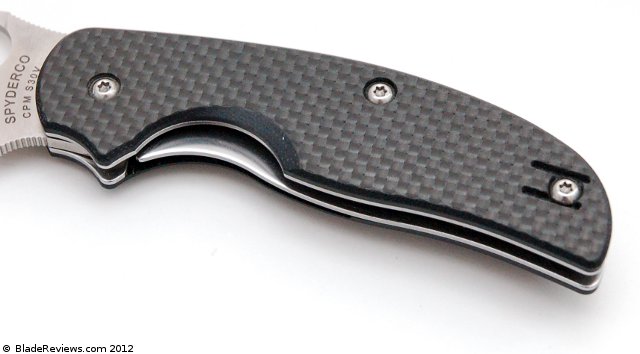
The ergonomics are another huge plus to the Sage 1 (and the entire Sage series really). First of all, there is a nice 50/50 choil and a large thumb ramp. This makes the most of the relatively small handle and provides plenty of room, even for larger hands, in practically any grip. I absolutely love the ergonomics of the Sage, it’s much like the Caly 3 if you have ever handled one of them. Basically it gives you a big knife grip in a small easy to carry package.
The pocket clip is another home run. While pocket clips are often a source of grief for me the Sage 1’s clip is about to close to perfect as I can ask for. The Sages all use the Spyderco “wire” clip, which is actually a very strong piece of tempered steel. What sets the Sage 1 apart is that has given the clip a black coating. Not only has the coating held up extremely well, the knife disappears when you clip it to the pocket. If you work in an office, this is the perfect knife – it’s very difficult to notice this knife when wearing slacks (ultimate urban camo). Finally, I have to mention that Spyderco gives you the option for ambidextrous tip up carry. This is perfect for my applications.
Lock and Deployment
The Sage 1 uses a liner lock, and not just any liner lock but a “Walker Linerlock.” That is because the Sage series was designed to pay homage to innovators in the knife industry and the Sage 1 was made to honor Michael Walker. Michael Walker is known for designing the ball-bearing detent method of holding a lock in place which is used in many many knives today. A knife designed around a lock should have decent lockup, and the Sage 1 does not disappoint. The lock makes a very crisp “click” when engaged and it bites in nice and early. There is absolutely zero play in any direction. This is a very strong liner lock worthy of paying homage to Michael Walker.
Deployment is accomplished by a 1/2″ Spyderhole. I found deployment to initially be pretty stiff on the Sage 1. For a while this was my only real complaint with the knife. However, it took a while but the knife slowly broke in. These days deployment is very smooth and it only seems to be getting smoother (after months of carry). Of course there are some large phosphor bronze washers in there which reduces the friction but the tolerances are very tight on this knife – in my experience this knife will take time to break in but is well worth the wait.
Spyderco Sage 1 vs. Spyderco Caly 3 Carbon Fiber
Ah, the age old question. Two beautiful Spyderco knives that are very similar in size, price and materials yet have some interesting differences as well. Which one should you choose? Well, I attempted to answer that question with a youtube video. It’s not an easy answer, but I like the idea of saying “the Sage 1 is my wife and the Caly 3 is my mistress.” Really that Caly 3 is built like nothing else, just an awesome knife that has the “soul” I think the Sage 1 lacks in some way (difficult to describe). That said, for all out practical EDC use, I prefer the Sage 1. The knife rocks, it’s designed to be used and will be up for any challenge. Buy ’em both if you have the money, I don’t think you will be disappointed with either one.
Spyderco Sage 1 Review – Final Thoughts
So yeah, what is there left to say? Not a whole lot really, the Sage 1 is just a fantastic knife. I stand by my original comment that this is the “perfect EDC knife” for me – even months after writing the first draft of this review – this one’s a keeper! Sure it all comes down to personal preference, but I’ve handled a lot of knives and if you are looking in the ~3″ blade EDC knife category, it’s going to be hard to find something as well rounded and beautifully executed as the Sage 1.
I tell you, I write very few reviews that are this positive, I literally have nothing bad to say about the Sage 1. The overall fit and finish on this knife is outstanding. Every surface has been polished, the blade centering is dead on, and everything has been done to an almost eerie state of perfection. If you are on the fence about the Sage 1 my advice would be to go ahead and buy it. You will not be disappointed.
Update – I originally wrote this review in 2011. I still have my Sage 1, still carry it, still use it, and still enjoy it. It remains one of my all time favorite EDC pieces. This continues to be an excellent knife.
- Crafted from the highest quality materials
- Built for performance and durability
- Made in Taiwan
- Folding knife with CPF-S30V steel blade
- PlainEdge is ground flat for precise cutting
I recommend purchasing the Sage 1 at Amazon or BladeHQ. Purchasing anything through any of the links on this site helps support BladeReviews. Any and all support is greatly appreciated. Thank you very much.
